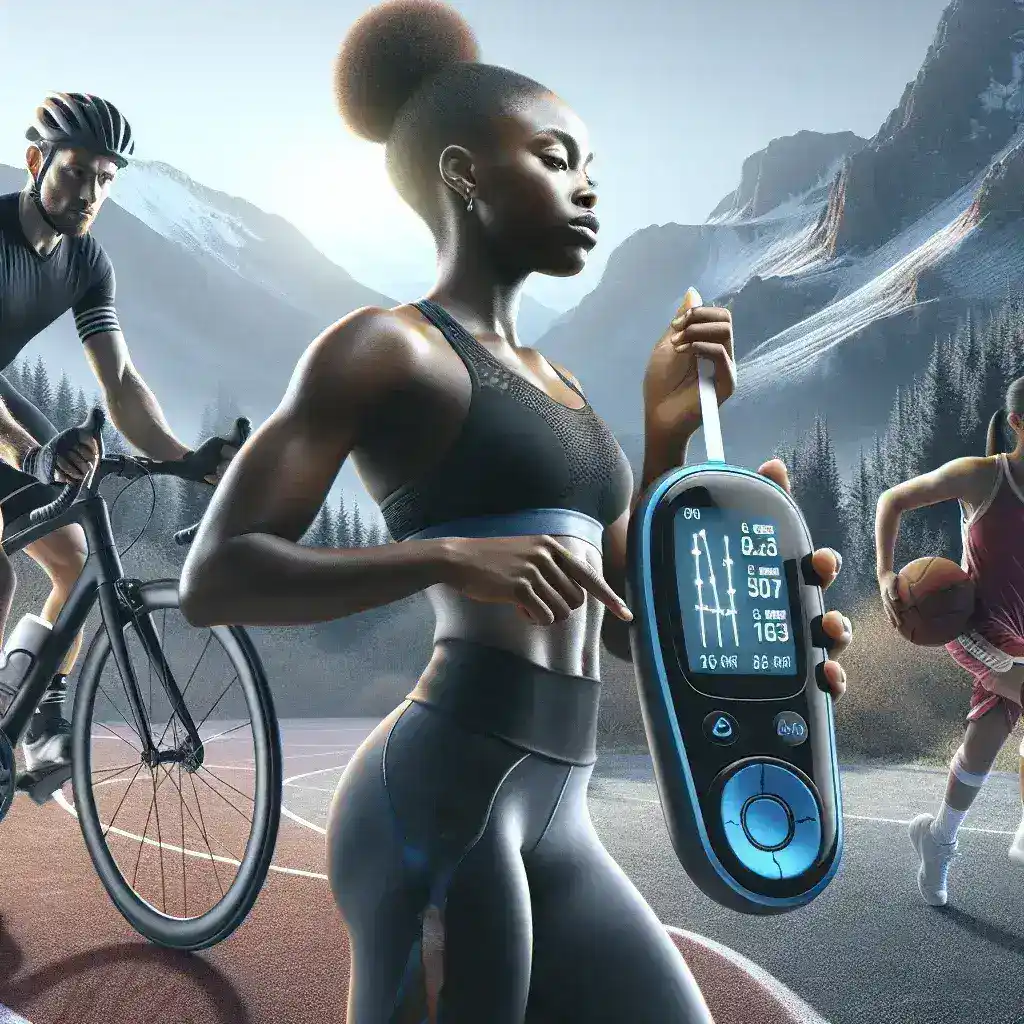The healthcare industry is undergoing a remarkable transformation due to advancements in Artificial Intelligence (AI) and robotics. These technologies are not merely enhancing existing practices; they are redefining how care is delivered, making processes more efficient, and improving patient outcomes. In this comprehensive exploration, we’ll delve into how AI and robotics are reshaping healthcare, their benefits, current applications, and future potential.
Understanding AI and Robotics in Healthcare
Artificial Intelligence (AI)
AI refers to systems designed to perform tasks that typically require human intelligence. These systems can learn from data, recognize patterns, and make decisions. In the realm of healthcare, AI is revolutionizing patient care and medical research by enabling sophisticated data analysis and decision-making processes.
AI systems utilize machine learning algorithms to sift through vast amounts of medical data, providing insights that were previously unattainable. This capability allows for more accurate diagnoses, personalized treatment plans, and a deeper understanding of complex medical conditions. AI’s ability to continuously learn and improve its algorithms makes it an invaluable tool for advancing healthcare.
Robotics
Robotics involves the creation and use of machines capable of performing tasks traditionally carried out by humans. In healthcare, robots are employed in various capacities, including surgery, rehabilitation, and administrative functions. These machines enhance precision and efficiency, reducing human error and increasing overall effectiveness.
Robotic systems in healthcare can perform tasks with a level of precision that far exceeds human capabilities. This precision is particularly beneficial in areas such as surgery, where small errors can have significant consequences. Additionally, robots can operate tirelessly, performing repetitive tasks that might be monotonous or physically demanding for humans.
The Role of AI in Healthcare
AI’s influence on healthcare is both profound and multifaceted. Here’s an in-depth look at how AI is transforming the industry:
Predictive Analytics
AI algorithms excel at analyzing extensive datasets to forecast potential health issues before they become critical. This capability allows for early detection and intervention, which can dramatically improve patient outcomes.
For instance, AI systems analyze patient records, medical histories, and lifestyle factors to predict the onset of chronic diseases such as diabetes or cardiovascular conditions. By identifying risk factors early, healthcare providers can implement preventive measures and tailor treatment plans to individual needs, ultimately reducing the incidence of severe health issues.
Personalized Medicine
The era of one-size-fits-all treatments is giving way to personalized medicine, thanks to AI. This approach tailors treatments to individual patients based on their unique genetic profiles, health histories, and other relevant data.
AI enables healthcare professionals to create highly customized treatment plans that are more effective and have fewer side effects. For example, AI can analyze genetic data to identify the most effective medications and dosages for each patient, ensuring that treatments are optimized for their specific genetic makeup.
Medical Imaging and Diagnostics
AI-powered imaging tools are revolutionizing the interpretation of medical scans. These tools can detect anomalies with remarkable accuracy, assisting radiologists in diagnosing conditions more quickly and accurately.
AI systems can analyze X-rays, MRIs, and CT scans to identify early signs of diseases such as cancer, often detecting abnormalities that might be missed by the human eye. This capability enhances diagnostic precision and accelerates the initiation of appropriate treatments, leading to better patient outcomes.
Drug Discovery and Development
The discovery and development of new drugs is a lengthy and expensive process. AI accelerates this process by analyzing biological data to identify potential drug candidates more efficiently.
AI models can predict how different compounds will interact with biological systems, streamlining the identification of promising drug candidates. This speeds up the drug discovery phase and reduces costs associated with development, making it possible to bring new medications to market more quickly.
Virtual Health Assistants
AI-driven virtual health assistants are increasingly prevalent in healthcare settings. These digital assistants provide a range of services, from offering medical advice and answering common health questions to managing chronic conditions and scheduling appointments.
Virtual health assistants enhance accessibility to healthcare by providing support around the clock. They can send reminders for medication, provide information about symptoms, and offer guidance on managing health conditions. This convenience helps improve patient engagement and adherence to treatment plans, leading to better overall health management.
The Impact of Robotics in Healthcare
Robotics is making substantial advances in the healthcare sector, offering innovative solutions for various aspects of medical practice. Let’s explore how robotics is transforming different areas of healthcare:
Surgical Robots
Robotic systems are revolutionizing surgical procedures with improved precision and control. Key points include:
- Enhanced Precision: Systems like the da Vinci Surgical System allow surgeons to perform minimally invasive surgeries with greater accuracy.
- Minimally Invasive Techniques: Smaller incisions reduce blood loss and lead to quicker recovery times.
- Complex Procedures: Robots enable complex surgeries that might be challenging or impossible with traditional methods.
- Improved Outcomes: The precision and control provided by robotic systems result in better surgical outcomes and shorter hospital stays.
Rehabilitation Robots
Rehabilitation robots are designed to assist patients in recovering from injuries or conditions. Their contributions include:
- Targeted Therapy: Robots offer repetitive, focused therapy to help patients regain movement and functionality more effectively than traditional methods.
- Supportive Devices: For instance, robotic exoskeletons support patients learning to walk again by providing physical assistance and motivation.
- Enhanced Recovery: These devices facilitate rehabilitation processes and can lead to faster and more effective recovery.
Robotic Exoskeletons
Robotic exoskeletons are wearable devices that help individuals with mobility impairments. Key aspects include:
- Mobility Assistance: Exoskeletons aid people with conditions such as paralysis or muscular dystrophy in walking again.
- Quality of Life: These devices enhance users’ independence and ability to perform daily activities.
- Rehabilitation Support: They also assist in rehabilitation exercises that might otherwise be difficult for users.
Telepresence Robots
Telepresence robots address the need for medical care in remote or underserved areas. Their functions include:
- Remote Consultations: These robots facilitate virtual consultations with healthcare professionals.
- Diagnostics and Treatment: They can conduct basic diagnostics and treatments from a distance.
- Access to Care: By bridging the gap between patients and healthcare providers, telepresence robots improve access to quality medical care in isolated locations.
Automated Dispensers and Lab Robots
Automation in administrative and laboratory tasks enhances efficiency and accuracy. Key features are:
- Medication Distribution: Automated dispensers handle medication with high precision, minimizing the risk of errors.
- Laboratory Efficiency: Lab robots conduct routine tests and process samples, improving diagnostic accuracy.
- Increased Productivity: Automation frees up healthcare professionals to focus on patient care and complex decision-making, boosting overall productivity in medical settings.
Challenges and Considerations
Integrating AI and robotics into healthcare involves several challenges and considerations. The table below summarizes these challenges and potential solutions:
| Challenge | Description | Potential Solutions |
| Data Privacy and Security | Increased digital data use raises concerns about protecting patient information from breaches. | Implement robust cybersecurity measures and regularly update security protocols. |
| Ethical and Regulatory Issues | Questions about decision-making, accountability, and the role of human oversight arise with new technologies. | Develop clear guidelines and regulations to ensure safe and ethical use. |
| Cost and Accessibility | High initial costs can limit widespread adoption, especially in underfunded or rural areas. | Reduce technology costs, provide financial support, and ensure equitable access. |
| Training and Adaptation | Healthcare professionals need adequate training to work effectively with new technologies. | Develop comprehensive training programs and provide ongoing education. |
Future Trends and Innovations
The future of AI and robotics in healthcare is bright, with several exciting trends and innovations on the horizon:
AI-Enhanced Wearables
Wearable devices equipped with AI will offer real-time health monitoring and predictive analytics. These wearables can provide users with actionable insights and early warnings about potential health issues, enabling proactive management of health conditions.
Advanced Robotics for Surgery
Future surgical robots are expected to feature even greater precision and capabilities. These advancements will further enhance the accuracy and effectiveness of minimally invasive procedures, improving surgical outcomes and patient recovery.
AI-Driven Health Data Integration
AI will continue to integrate and analyze health data from various sources, creating comprehensive health profiles. This will enable more accurate diagnostics, personalized treatments, and better management of chronic conditions.
Robotic Process Automation (RPA)
Robotic Process Automation will automate administrative tasks such as billing, scheduling, and patient records management. This will reduce the administrative burden on healthcare staff and improve overall efficiency in healthcare facilities.
Telemedicine Expansion
The use of AI and robotics in telemedicine will expand, offering more advanced remote consultation and treatment options. This will enhance access to healthcare services, particularly in underserved and remote areas.
The integration of AI and robotics into healthcare is a transformative development that promises to enhance patient care, streamline operations, and advance medical research. As these technologies continue to evolve, they will play an increasingly vital role in shaping the future of healthcare.




